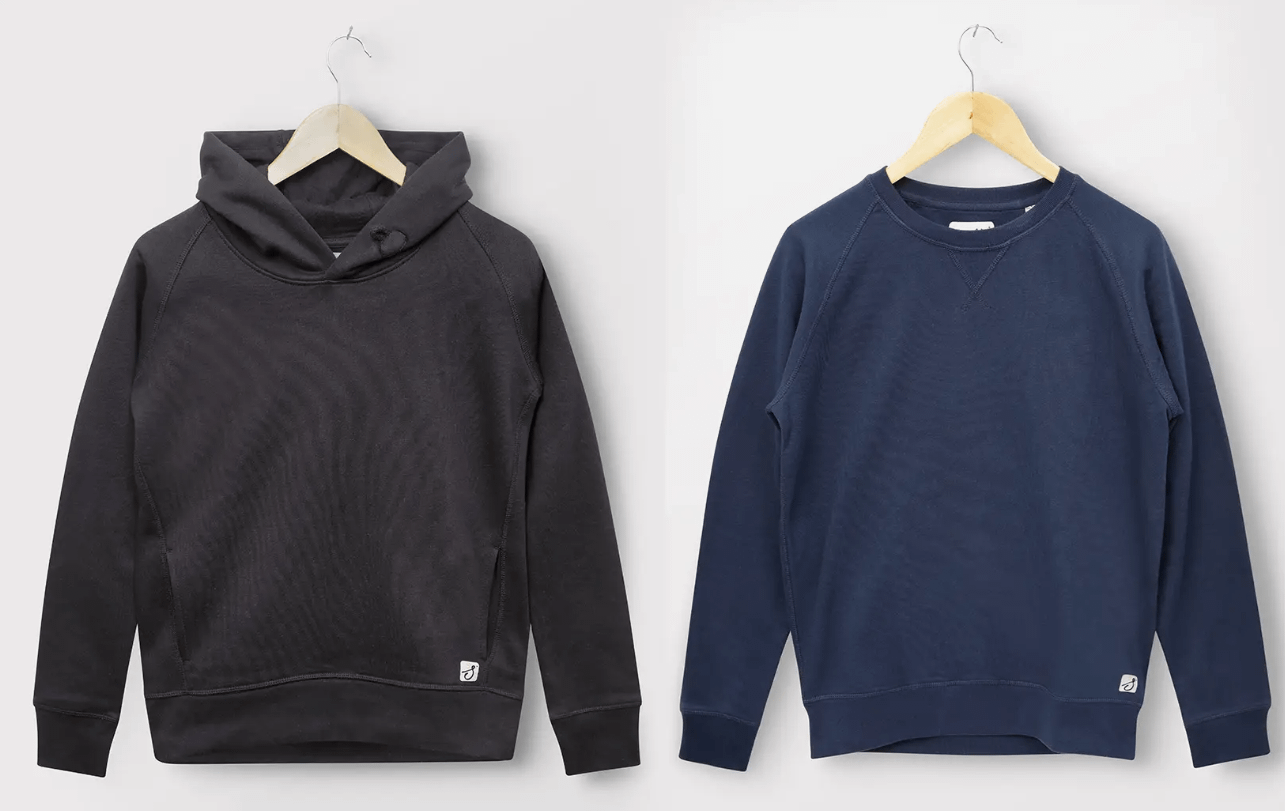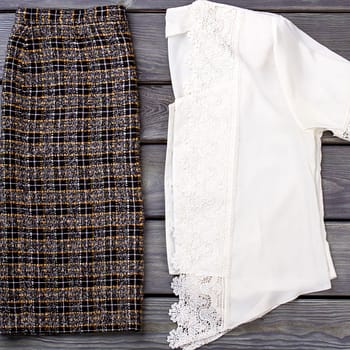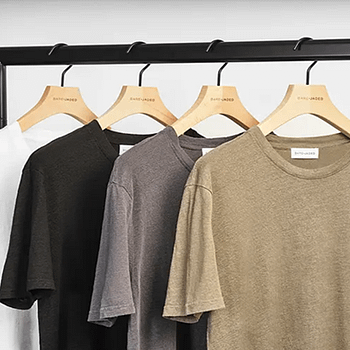What Shutter Speed Should You Use For Flat Lay Photography?
Flat lay photography has become a popular genre in recent years, especially in the realms of social media, blogging, and e-commerce. This style involves arranging objects on a flat surface and capturing them from above. While it may seem simple, mastering flat lay photography requires attention to detail, including understanding the role of shutter speed in achieving the perfect shot. In this guide, we’ll delve into the nuances of shutter speed selection for flat lay photography to help you elevate your images to the next level.
Understanding Shutter Speed
Before we dive into the specifics of shutter speed for flat lay photography, let’s briefly discuss what shutter speed is and how it affects your images. Shutter speed refers to the length of time that the camera’s shutter remains open, allowing light to strike the camera sensor. It’s one of the three fundamental elements of exposure, along with aperture and ISO sensitivity.
Shutter speed is measured in fractions of a second, such as 1/125, 1/250, or 1/1000. A faster shutter speed means the shutter is open for a shorter duration, resulting in less light hitting the sensor. Conversely, a slower shutter speed means the shutter is open for a longer period, allowing more light to reach the sensor.
Factors Influencing Shutter Speed Choice
When it comes to flat lay photography, several factors influence the choice of shutter speed:
- Stability: Since flat lay photography often involves shooting from above, camera stability is crucial to avoid motion blur. Even slight camera movement can result in blurry images, especially when using slower shutter speeds. Therefore, choosing an appropriate shutter speed to counteract any potential movement is essential.
- Lighting Conditions: The available light in your shooting environment plays a significant role in determining the ideal shutter speed. In well-lit settings, you can afford to use faster shutter speeds to freeze motion and maintain sharpness. Maintaining sharpness can be perfect for fashion photography. However, in low-light situations, you may need to slow down the shutter speed to allow more light to reach the sensor, albeit with the risk of introducing motion blur.
- Creative Intent: Your creative vision for the image also influences the choice of shutter speed. If you want to convey a sense of motion or dynamism in your flat lay composition, you might intentionally use a slower shutter speed to capture subtle movement. Conversely, if your goal is to achieve crisp, sharp details, opting for a faster shutter speed is preferable.
Recommended Shutter Speed Range
While there’s no one-size-fits-all answer to the question of what shutter speed to use for flat lay photography, a general guideline can help you make informed decisions. Here’s a recommended shutter speed range based on different scenarios:
- Fast-Paced Setup: If you’re capturing a flat lay scene with dynamic elements or if you’re working quickly to arrange and photograph the composition, opt for a faster shutter speed in the range of 1/125 to 1/500 seconds. This will help freeze any movement and maintain sharpness in the image.
- Stable Environment: In a controlled environment where there’s minimal risk of camera shake or subject movement, you can afford to use slightly slower shutter speeds, such as 1/60 to 1/125 seconds. This range allows for adequate light capture while still preserving sharpness.
- Creative Motion: If you’re intentionally introducing movement into your flat lay composition, experiment with slower shutter speeds below 1/60 seconds. This range can create artistic blur effects while retaining the essence of the scene.
- Low-Light Situations: When shooting in dimly lit environments, you may need to decrease the shutter speed to allow more light into the camera. However, be cautious not to go too slow, as it can result in excessive motion blur. Aim for shutter speeds between 1/30 to 1/60 seconds and consider using a tripod or stabilizing your camera to minimize blur.
Mastering shutter speed is essential for achieving the desired balance of sharpness, clarity, and creative expression. By understanding the factors that influence shutter speed selection and experimenting with different settings, you can elevate your flat lay images to new heights. Remember to consider the stability of your setup, the lighting conditions, and your creative intent when choosing the appropriate shutter speed for each shot. With practice and experimentation, you’ll develop an intuitive sense of how shutter speed can enhance your flat lay compositions and bring your creative vision to life.




